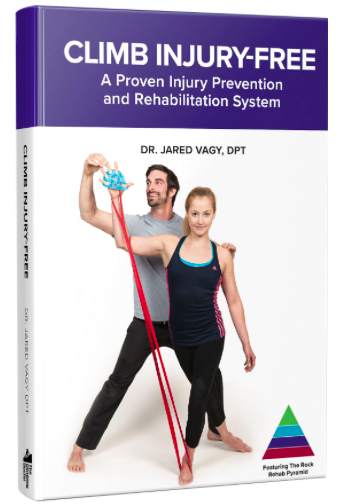Today we have a guest post from a friend and fellow colleague on preventing shoulder climbing injuries. Dr. Jared Vagy - The Climbing Doctor - out of Los Angeles, California works with high level climbers and teaches at USC. The following is an excerpt from his blog post.
"It is the end of the day. You are tired and beat, but you decide to give it one last go on your project. You get to the crux move and give it everything you’ve got. Suddenly you feel a sharp pain in your shoulder. You know that you likely injured your shoulder. What happened and what could you have done to prevent this?
The tendons in the shoulder slide through a very narrow passageway and attach to the shoulder bone. Impingement occurs when the space between the bones in this passageway is reduced. This can occur from repetitively moving the shoulder into a stressful or suboptimal position. When this occurs, the bones in the shoulder pinch down on the tendons and cause shoulder impingement. You should be aware of the dangerous movements that can lead to shoulder impingement. These movements include hanging on your arms during rest stances, climbing with a hunched posture and strenuous overhead reaching."
Bent over T's, Y's, and L's:
Dirtbag tip - use items you have around: cans, bottles to provide the weight.
These should not cause any shoulder pain!
Climb INJURY-FREE
Dr. Vagy just released another book!
You can find it on Amazon now.
Thanks, Dr. Vagy for the helpful content.
Any questions? Comment below.








